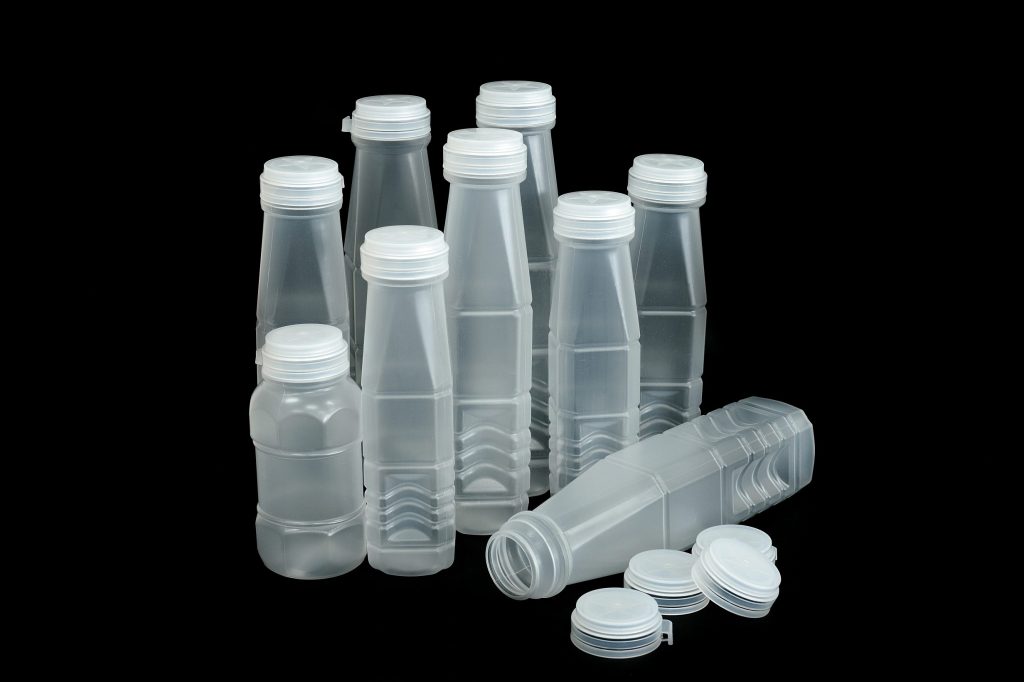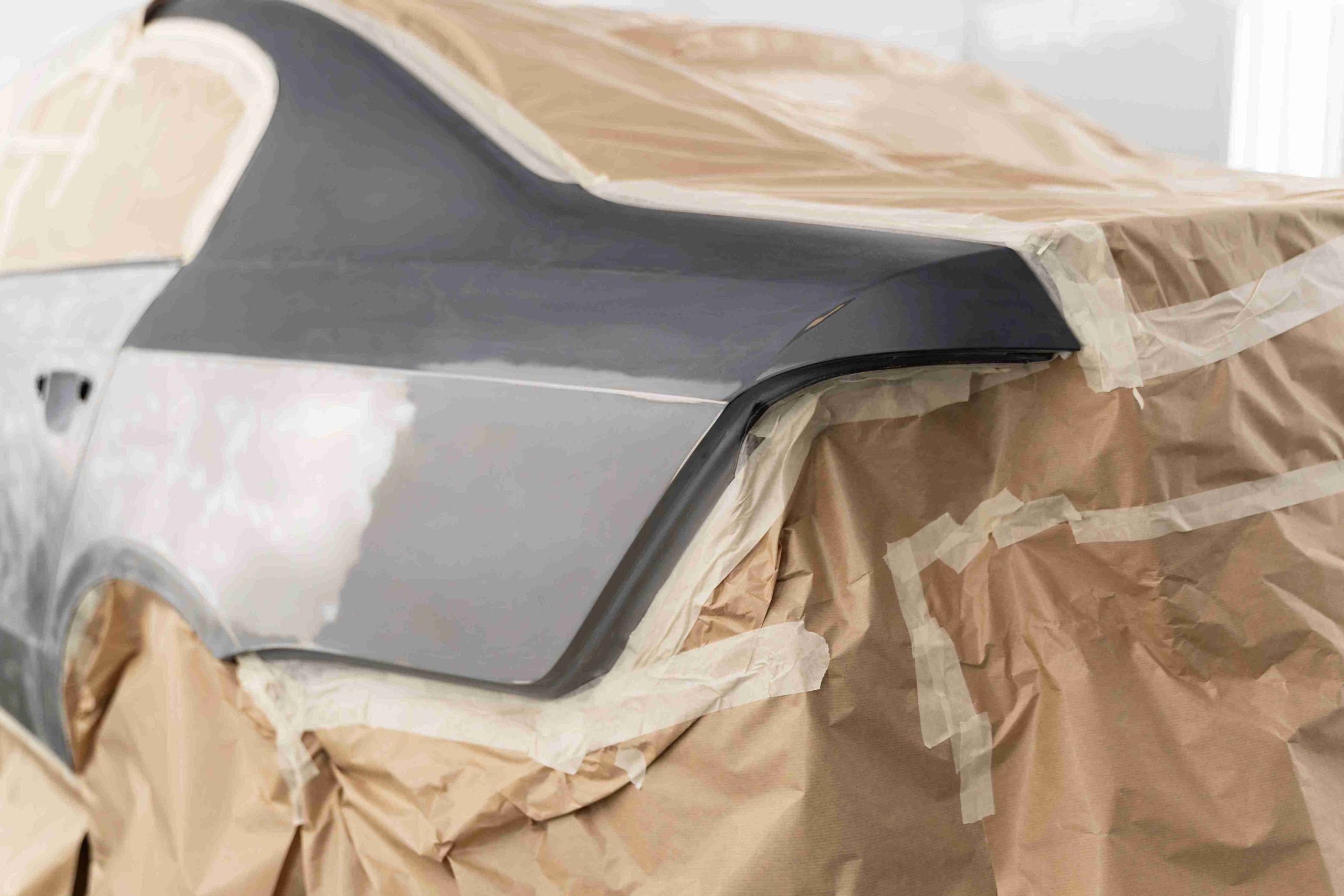In the fast-paced world of packaging, efficiency and precision are very important. Especially when it comes to handling plastic bottles. A key player behind the scenes is the capping machine, a device that ensures every bottle is securely sealed, maintaining product quality and safety.
But beyond simply closing bottles, modern capping machines revolutionize the entire packaging line, boosting speed, reducing errors, and enhancing consistency. Learning how these machines operate and what they do in packaging shows why they are important today.
Plastic Bottles: Lightweight, Durable, and Ubiquitous
Plastic bottles have become a staple in packaging across numerous industries due to their unique combination of qualities. Because they are so lightweight, they are easier to move and this lowers how much companies spend on shipping and cuts down on carbon emissions. Despite being light, plastic bottles are remarkably durable, capable of withstanding impacts and protecting their contents from contamination, moisture, and air exposure.
You can find them in every shape and size, making them fit for carrying all sorts of liquids, cosmetics, cleaners and drugs. Due to their versatility, manufacturers can mold plastic into any shape required by the brand and needed by the product such as twistable bottles, big jugs and eye-catching forms.
Moreover, plastic bottles offer cost-effective production and high efficiency. Most of the materials such as PET and HDPE, are recyclable and many manufacturers are now paying greater attention to sustainability. This ubiquity and practicality make plastic bottles one of the most widely used packaging options worldwide, a trend that shows no signs of slowing.

Why Should You Pay More Attention to the Right Cap Than to Anything Else?
Many people think of caps as minor details in packaging, when in fact they are very important and do much more than seal the bottle. A suitable cap guarantees safety, freshness and no leaks which supports the trust and satisfaction customers have in the product. Especially for products stored in plastic bottles, a secure seal can make the difference between a flawless delivery and a costly recall.
The features of caps are selected to work well with the contents in the bottle. To give an example, using tamper-evident caps tells customers and regulators if the bottle has been opened, building trust and keeping the practice within the law. These kinds of caps are necessary for dangerous products to protect children in the home. Things like the material and overall design of the cap determine how effective it is at sealing and how smooth the consumer can open it.
Picking the wrong cap can slow down the assembly line and lead to extra waste. If caps don’t fit, the product may leak or spill which causes harm to the product, the brand and the environment.
Today, when efficiency and quality count, a suitable cap is not only useful but plays a big role in every step of packaging food. Selecting and applying the right cap can strengthen your product, assure users and help speed up production which underlines how all details count in packaging.
Synchronizing Bottles and Capping Machines for Efficiency:
In a high-speed packaging line, flawless coordination between plastic bottles and the capping machine is essential for smooth, efficient operation. When bottles and capping machines are perfectly synchronized, the result is a faster production process with fewer errors and less downtime, which ultimately saves both time and money.
Each bottle design—whether in size, shape, or material—requires the capping machine to be precisely adjusted to handle it correctly. Neck diameter, thread style and bottle height should meet the requirements of the machine. When the machine is not set up correctly for the bottles, caps may become misaligned, threading can be off and bottles might break, all of which stop the packaging process.
Modern capping machines are equipped with advanced sensors and programmable controls that allow quick changeovers and fine-tuning for different bottle types. This flexibility is very useful for manufacturers with different product lines or kinds of packaging, since it saves both time and resources.
In addition, synchronization means making sure both parts are timed and moving at the same speed. The capping machine must work in harmony with bottle filling, labeling, and conveyor systems to maintain a steady flow. Any difference between the types of parts can create jams or make the process slower, affecting how efficiently things are made.
The aim is to set up a system where bottles glide smoothly along the line and caps are put on correctly and securely. When this synchronization is achieved, manufacturers experience higher throughput, improved product quality, and reduced operational costs—making it clear why matching bottles and capping machines precisely is a cornerstone of modern packaging success.
Automation, Quality Control, and Smart Packaging:
Because of new advances in automation and smart technologies, packaging lines are changing rapidly in today’s market. Modern capping machines are no longer simple mechanical devices; they are integrated systems equipped with sensors, cameras, and software that monitor every stage of the capping process to ensure precision and quality.
Automation improves efficiency on the packaging line by doing much of the work and reducing chances of mistakes. Sophisticated capping machines can adjust torque, speed, and pressure automatically to suit different plastic bottles and cap types. Because of this flexibility, efficiency rises and the seal is always the same which is key for keeping products safe and fresh.
Companies are now more careful about quality control. Improperly sealed caps, missing caps and defects are caught by vision systems and real-time sensors which allow the machine to reject them before the bottles are shipped. Reacting ahead of time helps save materials, preserves the brand’s image and ensures all products are capped correctly.
Smart packaging takes things a step ahead by using data tracking and connectivity. Some capping machines can communicate with other equipment on the production line, providing real-time analytics on performance and maintenance needs. With this connection, predictive maintenance is possible, decreasing unexpected stoppages and increasing the machines’ lifetime.
Also, special features like tamper-proof seals, caps that young children cannot open and environmentally friendly packaging are being used more often in response to what consumers want. Automation and quality control used in capping are improving the accuracy, efficiency and intelligence of plastic bottle packaging.

Conclusion:
Capping machines play an indispensable role in transforming the plastic bottle packaging line. Secure seals that protect the product and improved production efficiency are both important roles of these machines in today’s packaging. When perfectly synchronized with the design of plastic bottles, capping systems reduce waste, prevent errors, and contribute to faster throughput.
Advancements in automation and quality control have elevated capping machines from simple tools to intelligent components of the packaging ecosystem. If manufacturers use these new technologies, they can ensure that their products are safe, consistent and of high quality and reduce their expenses.
With focus on speed, safety and sustainability growing, choosing the right capping technology is a key business move. It ensures smooth packaging and helps form lasting trust with customers by making sure the contents of every plastic bottle are safe.




